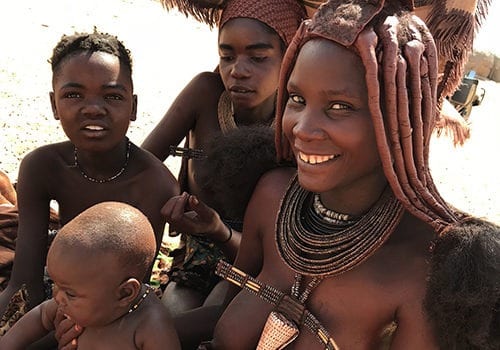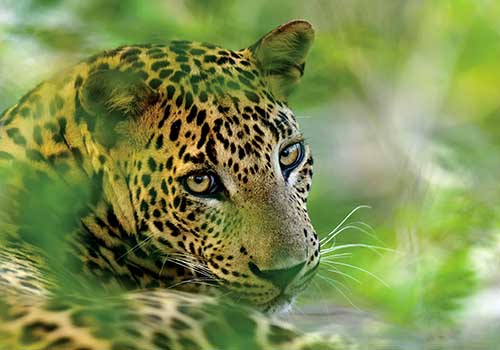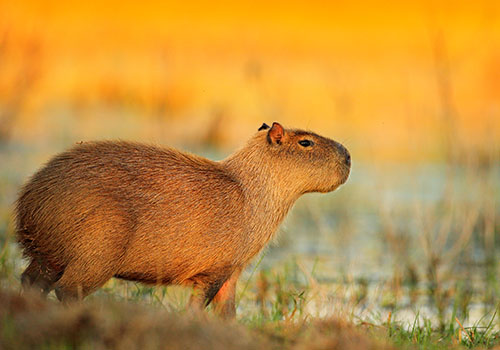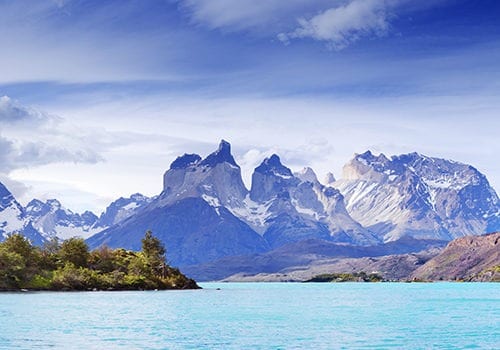DISPATCHES FROM EXOTIC LANDS
The Great Migration across the Serengeti and the Masai Mara, which sees an endless parade of wildebeest march across the plains, is one of Africa’s most famous phenomena, and the focal point of many a Serengeti safari. However, there are plenty of species that put on a show equally worthy of a standing ovation. They might not have that headline status, but these acts are the next big thing, just waiting to be discovered. And the biggest joy of all is being the first to see them in an intimate setting.
Wildebeest Migration – Tanzania & Kenya
As the headline act, The Great Migration needs little introduction. Over a million wildebeest and 300,000 zebras continually march their way in a circular pattern through the Serengeti in Tanzania, into the Masai Mara in Kenya, and back again, in what is often dubbed ‘one of the greatest natural spectacles on Earth’. When planning a Serengeti safari, timing is crucial. These herds are rarely in one place for long, and timings are not as predictable as they once were thanks to the changing rainfall and weather patterns. If you aren’t in the right place at the right time, you’ll miss them! Head to our blog – ‘When to visit the Serengeti’ – for all the information you need when considering a bespoke Serengeti tour.

Zebra Migration – Botswana
It has always been known that Botswana’s wildlife spends the drier months in wet areas and moves to drier regions when the rains fall, but recent evidence has taken this anecdotal knowledge to a new level, identifying what we now know to be the longest terrestrial wildlife migration in Africa.
The migration sees thousands of zebra travel from the Okavango Delta (where grass is full of moisture, but low on nutrition) to the Makgadikgadi and Nxai Pans (where the soil and grasses are mineral rich) as soon as the rains fall, and the first green shoots appear through the dust. The journey of around 500 kilometres follows a surprisingly linear path, thanks largely to the removal of veterinary fencing over the past few years, and takes around 15-20 days.
The annual rains start around the end of November so the best time to see the zebras at the pans is December to January. If you want to witness the spectacle, you won’t get a better view than at Jack’s Camp, San Camp, Camp Kalahari or Meno a Kwena.

Bat Migration – Zambia
With at least 8 million fruit bats descending on a tiny patch of swampland within Kasanka National Park, Zambia, the annual Kasanka bat migration is the largest mammal migration on the planet and one of the natural world’s best-kept secrets! Trees tremble and droop under the weight of so many animals, and branches are so tightly packed that some bats, unable to grasp the tree, cling to their neighbours instead. As dusk falls they take to their air in a mighty cacophony of chatter and flapping leathery wings – a sight to behold!
The bats return to the same spot between October and December each year. No one is quite sure where they spend the rest of the year, although it is thought they probably head deep into the rainforests of the Congo.
We offer bespoke itineraries to witness the Zambia bat migration – contact us to find out more.

Whale Migration – South Africa
The small fishing village of Hermanus, two hours east of Cape Town in South Africa, is one of the best places in the world for whale watching. They swim so close to the shore, and in such great numbers, that you can simply stand on the cliff tops and count the plumes and slapping fins as they cruise gently past.
Whales are present between May and December, and the season peaks around the end of September when the Hermanus Whale Festival takes place, bringing a carnival atmosphere, live music, and children’s activities to this relaxed coastal spot. If you’re considering a visit, it’s a great time to go.
Places to stay include Birkenhead House and Grootbos Forest Lodge, which is just around the bay in a protected botanical haven.


























































